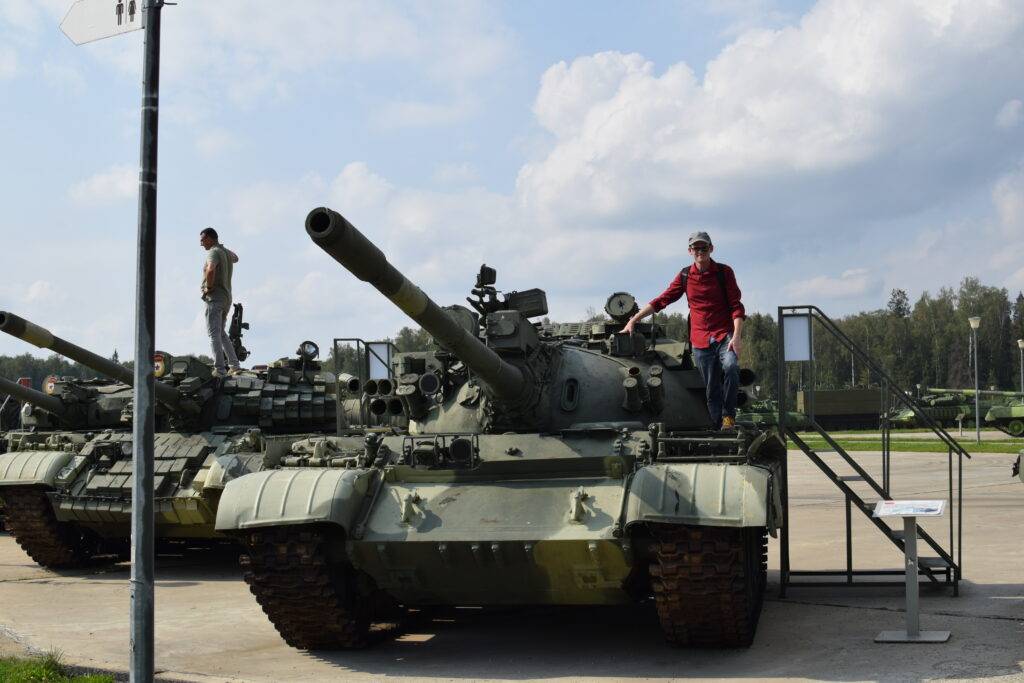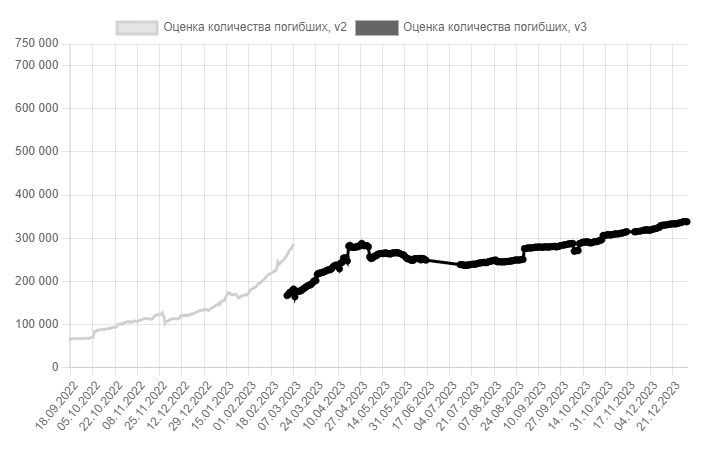It’s a tough question that takes some work to frame properly.
First off, none of the stated conditions for Ukrainian victory as defined by both Ukraine and their NATO sponsors had any chance of happening.
–Restore Ukraine to its 1991 border. There was no chance of this happening, none at all. Ironically, restoring the 2014 border was absolutely doable, but Zelensky wanted the whole cookie jar and ended up losing more than what he started with. It’s actually worse than that – if the Istanbul peace deal had gone into effect and the Russian armed forces had completely withdrawn from Ukrainian-held territory in April 2022, Zelensky could spin this as a victory of standing up to the Russian bear and forcing him to accept a negotiated settlement. But the war has gone on for so long since then, pretty much everyone has stopped believing the ghost of kiev “100 ruskies are dying for every 1 Ukrainian Super Soldier (SS)” meme that every news outlet was pushing in the first week of fighting. Even the most diehard NATO trolls on social media have stopped believing it, though they continue pretend otherwise.
–Dissolve the Russian state and remove it as a rival to American global domination. There really is no chance of this happening either. And again, the cruel irony here is that there was at least a theoretical chance of NATO directly intervening while the committed Russian force was still outnumbered and strung out all over Ukraine and the “sanctions from hell” had their nastiest bite. This would have been an extremely dangerous gambit, but it would put the Russians in the terribly awkward position of choosing whether to escalate to nuclear war or risk a serious conventional defeat. I don’t think this option was particularly likely to happen, but the window for it has definitively closed.
Here’s a ballpark estimate of Ukrainian KIA from the War Tears project: just under 340,000 (the gray line is from an earlier model that was OVER-estimating Ukrainian losses and was adjusted).
Their estimate of Ukrainian POWs (which allegedly somewhat match what Russia reports): just over 12,000.
That means the number of surrenders is less than 4% of the number killed, which suggests that Ukrainian morale is quite good, actually very good from a historical standpoint. I also need to point out – and this applies to both sides – that if a squad of soldiers is cut off with no chance of escaping or fighting their way out, then surrender is the only option. So if you see a video of a group of surrendering Ukrainian soldiers who are out of ammo and haven’t eaten for 3 days, this does not mean the front is about to collapse. It just means that particular group of soldiers got backed into a corner and was forced to surrender.
War Tears claims that instances of Ukrainian desertions are extremely negligible, around 0.1% of the overall force, another indicator of high morale despite the massive pressure and horrible living conditions.
Now here’s the problem with correctly guessing the impact of Ukrainian draft dodgers. I could point to the high morale of the UAF as evidence that Ukrainian men dodging conscription isn’t a serious problem, but this is classic survivorship bias. A man at the front by definition did not dodge conscription or at least wasn’t successful at it. Draft dodgers are in hiding or not in the country, so it’s close to impossible to even guess how many of them there are.
It’s equally difficult to ascertain how many military age men Ukraine started with when they closed the borders. There hasn’t been a census in more than 20 years and it is known that many Ukrainian men had already left the country seeking work. To make things even more confusing, more men successfully snuck out of the country after the borders were sealed, while some of those working abroad came back to volunteer.
All that’s known exactly is that there is a hard limit on how many conscription-age men Ukraine has available, and it’s many times lower than Russia’s. We’re talking maybe 3 to 5 million at most. If 0.5 to 1 million of those have been killed and wounded, that’s extremely serious, but still far from draining the manpower pool. Ukraine’s massive push to recruit (and likely conscript) women and lifting restrictions on the disabled is not a good sign for them. But remember that Ukraine, with its 25–30% unemployment rate, really doesn’t have much of an economy left, they’re on life support from NATO countries. But as long as they continue getting that life support, they can conscript as many men as they want without putting their economy at risk, because there isn’t an economy to speak of, at least not in the normal sense.
Ian Kummer

Support my work by making a contribution through Boosty
All text in Reading Junkie posts are free to share or republish without permission, and I highly encourage my fellow bloggers to do so. Please be courteous and link back to the original.
I now have a new YouTube channel that I will use to upload videos from my travels around Russia. Expect new content there soon. Please give me a follow here.
Also feel free to connect with me on Quora (I sometimes share unique articles there).



Happy New Year Ian and Maria.
The graph’s losses June-Sept 2023 seems wrong, almost no losses from the catastrophic “counter-offensive”.
The difficulties they’re experiencing with mobilization seems to cast doubt on the 3-5 million manpower pool.
Well, War Tears isn’t a running tally of Ukrainian losses, and I actually should have mentioned that.
It’s a mathematical model. They have a list of officially acknowledged and illicitly hacked Ukrainian losses, and the site allows Ukrainians to query for the names of their own dead and wounded relatives. The model then uses these queries to extrapolate the overall total of losses. For example, if on a certain day the database has only 20% of the queried names, it tries to guess what the actual total is. That’s why the model stays the same or actually drops on a day to day basis.
https://wartears.org/
Again a good read.
Just a few comments about this: “…the cruel irony here is that there was at least a theoretical chance of NATO directly intervening while the committed Russian force was still outnumbered and strung out all over Ukraine and the “sanctions from hell” had their nastiest bite. This would have been an extremely dangerous gambit, but it would put the Russians in the terribly awkward position of choosing whether to escalate to nuclear war or risk a serious conventional defeat.”
There’s few important points to remember:
*Direction of attack?
Finland wasn’t in NATO at that time and I don’t think our leaders would have joined the war. So highly unlikely. Going through northen Norway (if they even joined in) would have significant logistical challenges. I think any attack from the western direction would have had to be through Belarus. It would have been too dangerous to leave the flanks open. Ambhibious operations would be out of the question from the north or east. From the south as bad an option it is Caucasus is the only possible way to even make the attempt. If they were even allowed to move through non-allied countries. Then there’s the question of Syria and Iran in this region.
*Manpower?
There would have had to be mobilisation in most of europian countries to even build their armies. Training them would have taken time. And what ever standing armies there were they would have had to be prepared and redeployed. Also some NATO countries would have declined to join the war effort.
*Material?
How long could NATO sustain a two front war? They seem to have problems supplying Israel and Ukraine at the same time. At best they have spent all their surplus and they have the bare minimum left to fight a major war. And in this scenario shipping over the Atlantic wouldn’t be smooth sailing anymore.
In conclusion I don’t think NATO would have been able to defeat Russia with the forces they had available at the time. And they wouldn’t have had the time to train and equip large enough force in time to defeat Russia before the economic and social implosion of EU. As bad as the economic situation in EU is it would have been much worse if they had joined the war.
Like you said it was highly unlikely for NATO to even try this. I think atleast partly for the reasons I mentioned. To fully expand on these points would make this a proper wall of text. But I don’t have the time, patience or expertise to do that. So you’re left with my amateur analysis 🙂